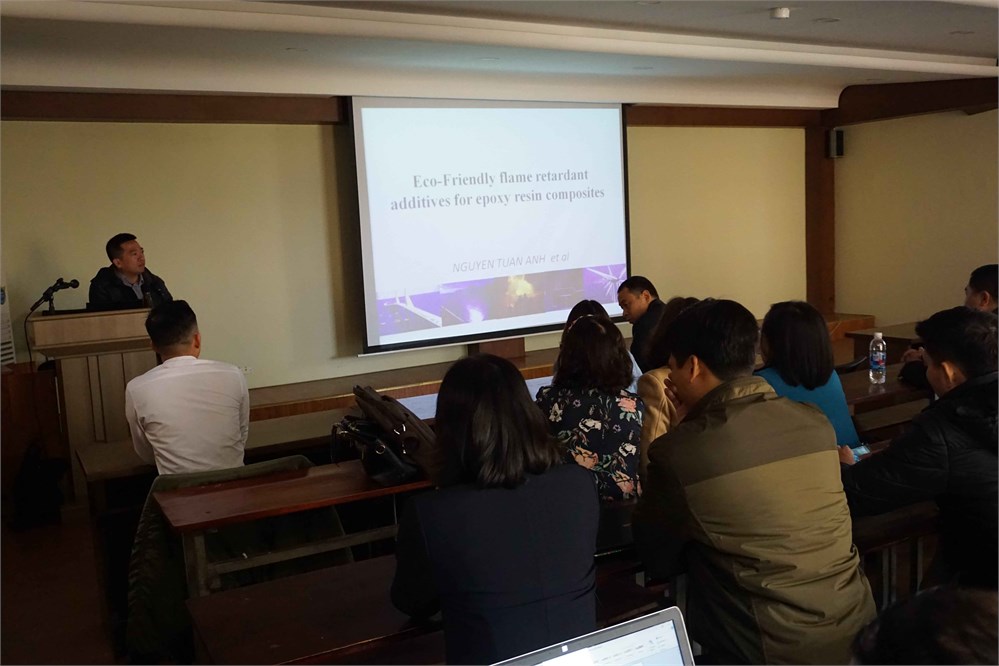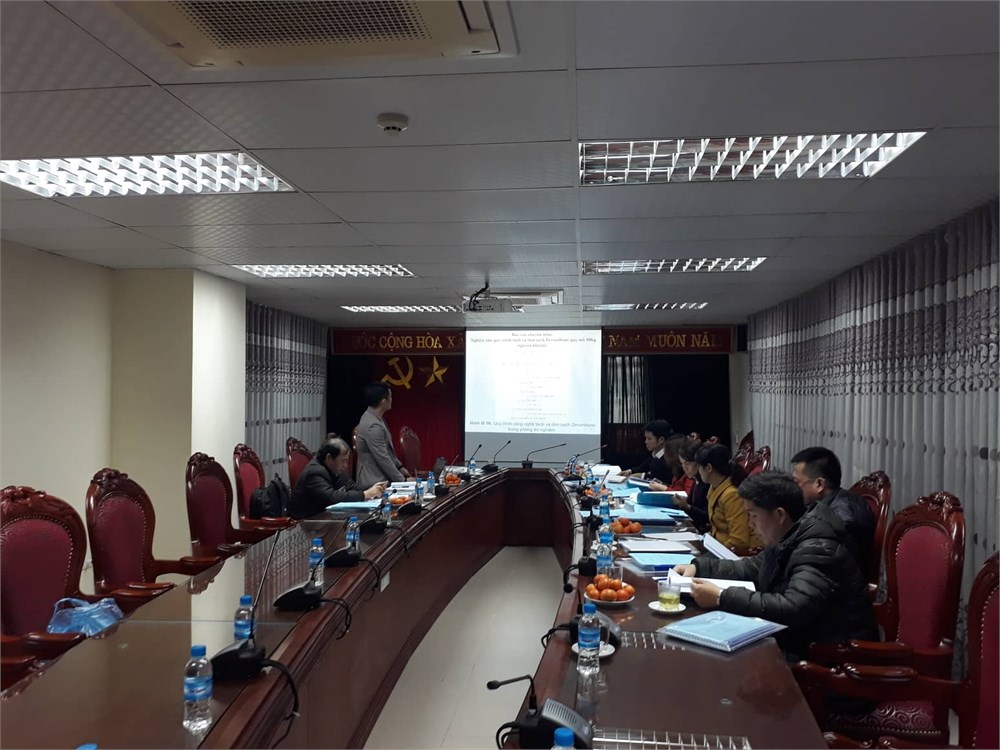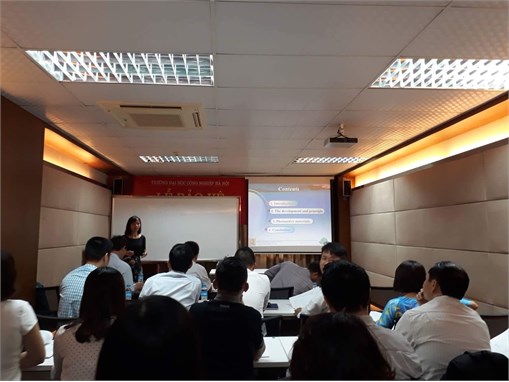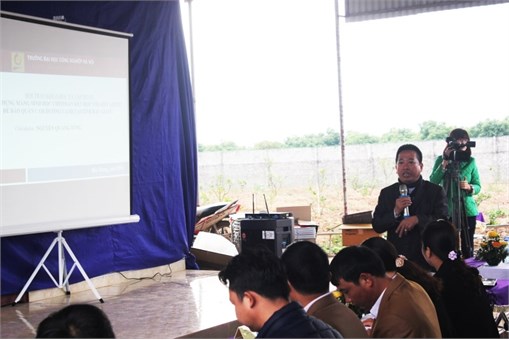Advanced methodologies for detection and determination of heavy metals in food
Dang-Thuan Tran*, Thi Cam Van Do, Quang Trung Nguyen, Truong Giang Le
Bài báo của nhóm tác giả thuộc: Viện Hóa học, Viện Hàn lâm khoa học và công nghệ Việt Nam; Trường Đại học Công nghiệp Hà Nội; Trung tâm đào tạo, tư vấn và chuyển giao công nghệ, Viện hàn lâm Khoa học và công nghệ Việt Nam. Bài báo được đăng tại Hội thảo Khoa học “Phương pháp phân tích và nhận dạng chất độc trong thực phẩm”, Hà Nội, 7/2017, ISBN: 978- 604-913-586-6, trang 1-13.
ABSTRACT
Vietnam has been facing food safety crisis in recent years, with variety of foods (e.g. vegetables, seafood, pork, etc.) that were warned to be contaminated and threaten Vietnamese citizen health. Although food contamination can be directly associated with processing production, storage, transportation, etc., contaminants such as heavy metals are mainly entered food from environmental pollution. The typical heavy metals including arsenic (As), cadmium (Cd), chromium (Cr), lead (Pb), and mercury (Hg) are considered as either “known” or “probable” human carcinogens when they penetrate into human body and bioacumulate in organisms via consumption of the metals-contaminated foods. Driven by consumer demand and quality, many food agencies have introduced directives that stipulate maximum allowable concentrations for heavy metals in foodstuffs. In safely control sector, the detection of highly toxic heavy metals is very important, supporting governmental and international authorities in controlling and managing safety and quality of foods produced and marketed in commercial markets. In order to implement this task, these agencies need analytical tools which are possible to detect and determine toxic metals in food with great specificity at very low concentrations. This paper highlights the importance of several advanced methodologies for heavy metal analysis in food. The review focuses on the most important heavy metals in terms of adverse heal effects as listed above. Regarding to detection and determination techniques, atomic absorption spectrometry (AAS), atomic fluorescence spectrometry (AFS), inductively couples plasma spectroscopy (ICP-MS) and inductively coupled plasma optical emission spectrometry (ICP-OES) are reviewed. Sample treatments are also reported, highlighting the practical problems during sample treatment and measurement. The future perspective of advanced methodologies are highlighted.
Keywords: Food, heavy metals, heavy metal detection, AAS, AFS, ICP-MS, ICP-OES.
Toàn văn bài báo: tải về tại đây



